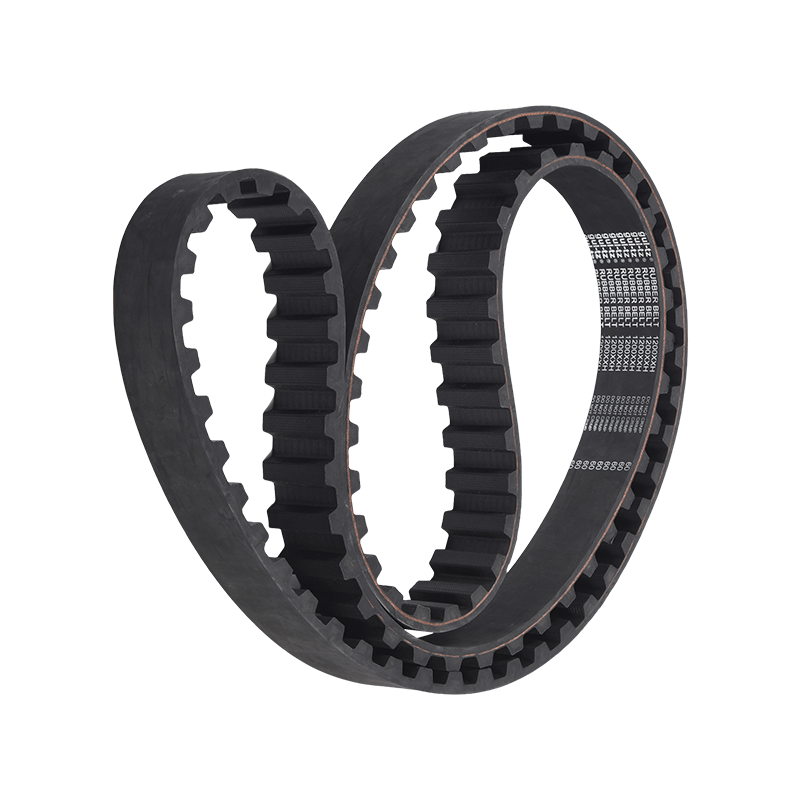Uses and advantages of Synchronous Belt
Synchronous belts are a type of mechanical power transmission belt that uses teeth on the belt and corresponding grooves on the pulley to transmit power. They are known for their accuracy in maintaining constant belt-to-pulley speed ratios, which makes them useful in applications where precise timing is important. Some of the advantages of synchronous belts include:
High efficiency: Synchronous belts have a very low slip rate, which results in high power transmission efficiency.
Long service life: Synchronous belts are made of durable materials and are designed to last a long time, which reduces the need for frequent replacements.
Low maintenance: Synchronous belts do not require lubrication, which means they are relatively low maintenance.
Quiet operation: Synchronous belts do not generate significant noise, which makes them suitable for use in environments where noise levels need to be kept low.
Versatility: Synchronous belts can be used in a wide variety of applications, including industrial equipment, automotive systems, and power tools.

Uses include:
Industrial machinery
Automotive power transmission systems
HVAC systems
Conveyors
Robotics
Power tools
Textile machinery
Food processing equipment
Machine tools
Printing presses
Wind turbines
Synchronous belt drives are popular in precision machine tools, robotics, and other applications where precise timing is needed. They are also used in many industrial and manufacturing applications, such as conveying systems, paper and printing presses, and textile machinery.
Hot Products
-
 View More
View More
-
 View More
View More
V-belt For Industry
-
 View More
View More
T Type Industry Rubber Synchronous Belt
-
 View More
View More
Toothed wedge belt
-
 View More
View More
Thickened timing belt
-
 View More
View More
Open Timing Belt
-
 View More
View More
Automotive V-belt
-
 View More
View More
Rubber Flat Belt
-
 View More
View More
Ribbed Belt
-
 View More
View More
Synchronous Pulley
-
 View More
View More
Arc tooth industrial rubber synchronous belt
-
 View More
View More
Automotive timing belt

 English
English 简体中文
简体中文
